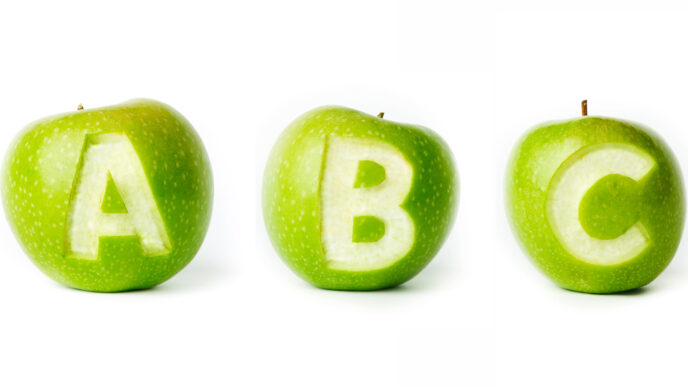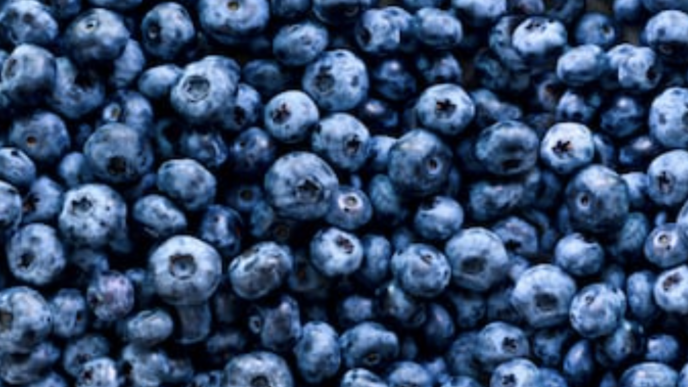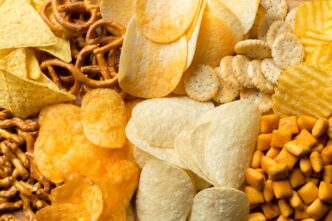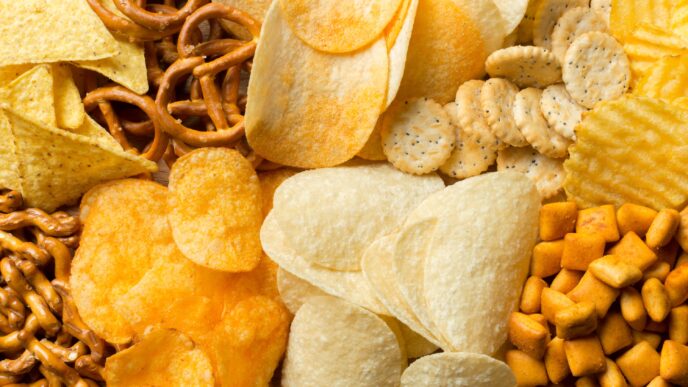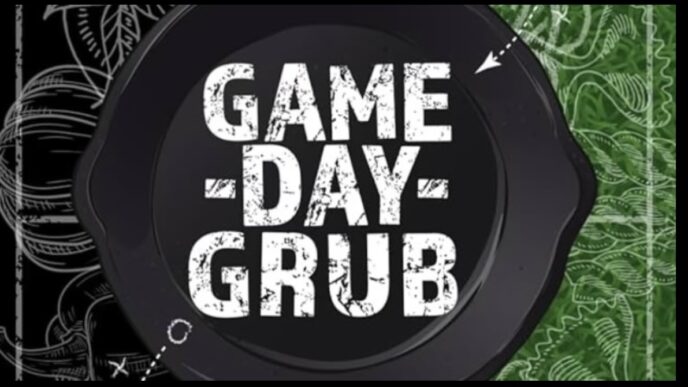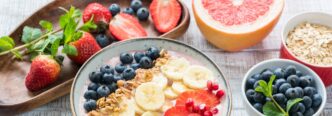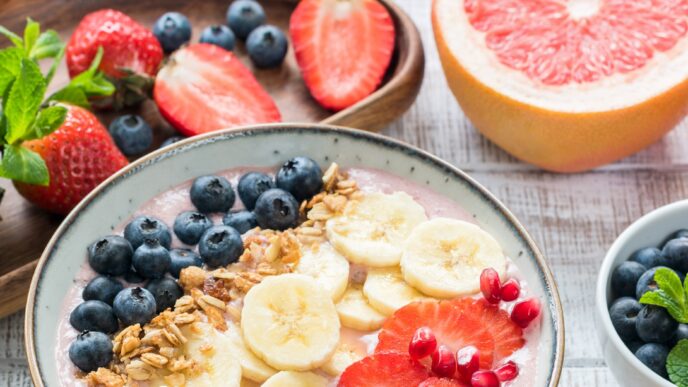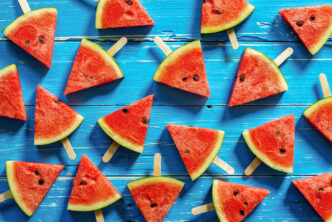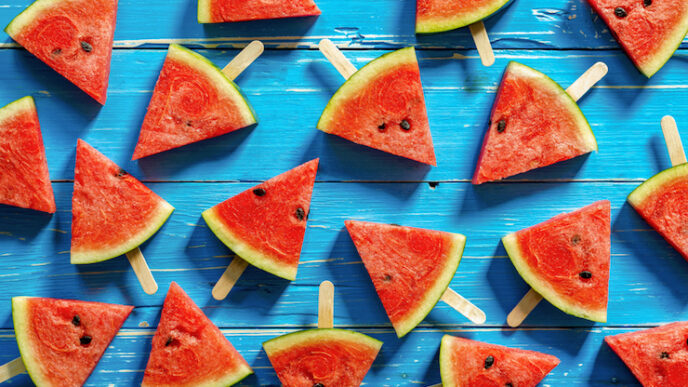Nutrition for Soccer Players: Sports on a Budget
Soccer players get hungry—and feeding hungry players can get quite expensive.
Soccer players are always on the move—and constantly hungry. You’re not alone if you’re a parent or athlete trying to fuel performance without overspending. Common concerns I hear include:
🗣️ “My teenage soccer player is eating me out of house and home.”
🗣️ “Protein bars and powders are so expensive—do we really need them?”
🗣️ “I spend too much money on take-out after training. I’m too tired to cook!”
Feeding a hungry athlete on a budget may seem like a challenge, but with a little planning and smart shopping, it’s absolutely possible. Here’s how to build a performance-enhancing sports diet that doesn’t drain your wallet.
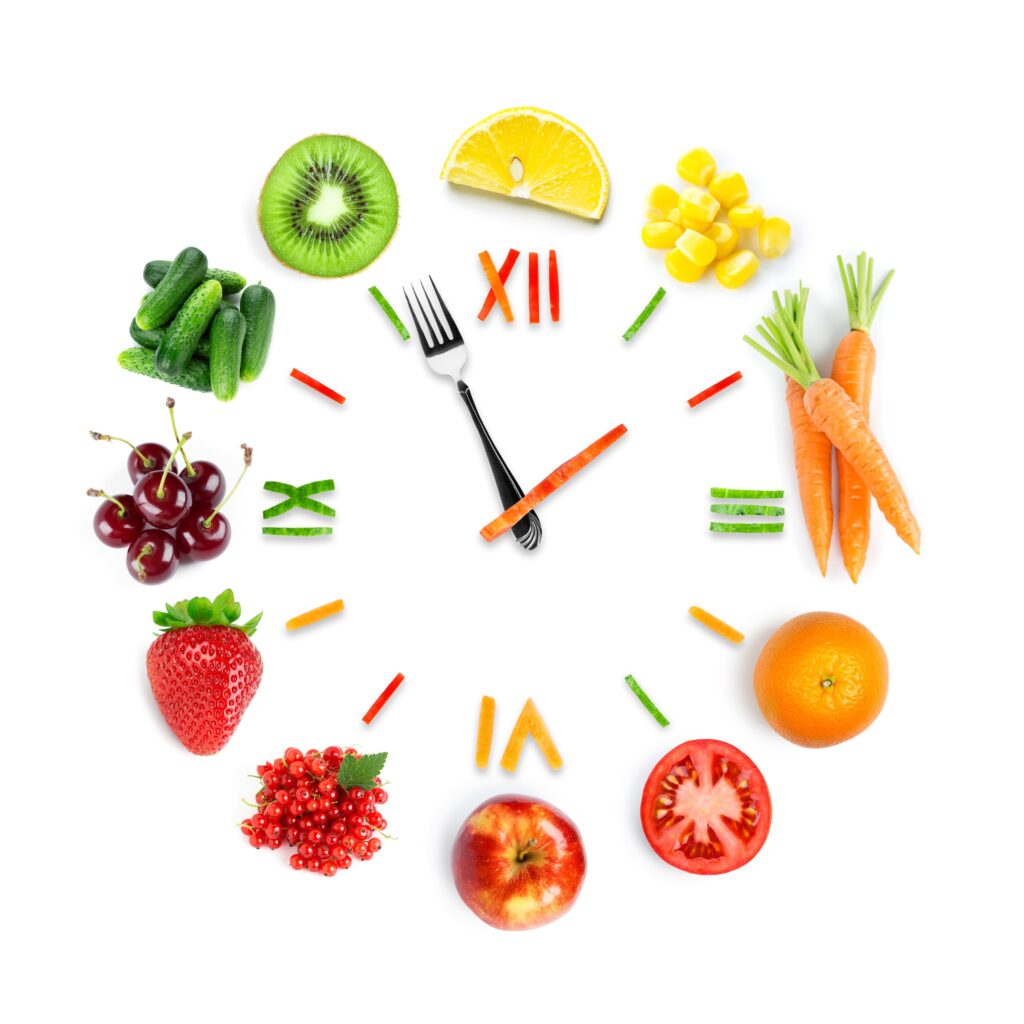
1. 🛒 Start with Smart Grocery Shopping
Good nutrition begins at the grocery store—not in a drive-thru. Make time for meal prep by planning ahead. Try creating a rough weekly menu before heading to the store. This will help you avoid impulse buys and take advantage of discounts and sale items.
📋 Try this tip: Use a 5-day meal planning worksheet to organize meals, snacks, and shopping lists. Planning in advance ensures you’re buying what you’ll actually eat—and not wasting money on food that goes uneaten.
🔍 Need ideas? Look up:
These sites are packed with affordable, athlete-friendly recipes that support energy, recovery, and overall health.
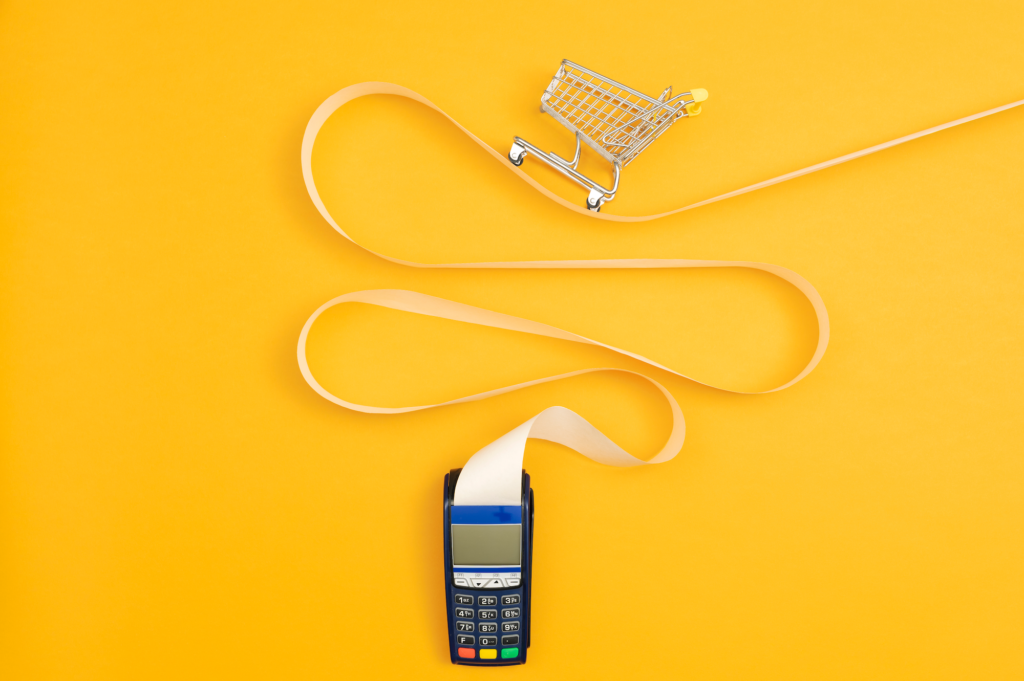
2. 💪 Skip the Expensive Supplements (Most of the Time)
While protein powders and bars are convenient, they’re not essential for most athletes—especially when whole foods can offer the same nutrients at a lower cost. Eggs, Greek yogurt, nut butters, beans, and canned tuna are protein-rich and far more affordable options.
✅ Pro Tip: Prioritize real food first. Save supplements for travel, emergencies, or moments when convenience is key.
3. 🍲 Batch Cook & Reheat
Cooking after a long day of training can feel impossible. But cooking once and eating multiple times is a game-changer. Make big batches of performance meals like chili, pasta, burrito bowls, or stir-fry—and portion them out for the week.
You’ll save money and avoid the temptation to order takeout after practice.
4. 🥗 Build Balanced, Affordable Meals
Remember the power of the performance plate:
- Carbs for energy (rice, pasta, potatoes, whole grains)
- Protein for muscle repair (chicken, beans, eggs, tofu)
- Healthy fats for staying power (avocados, nuts, olive oil)
- Add colorful veggies for nutrients, fiber, and hydration
Simple meals don’t have to be boring—and they don’t have to cost a lot either.
More Details: Remember, Don’t Overdo Protein
The easiest way to lower your food budget is to eat less meat/animal protein and more grains (pasta, rice, oats), beans, breads, and other starches. While you need adequate protein (0.5 – 0.8 g protein/lb. body weight; 1.2-1.8 g/kg), filling up on excess protein displaces the carbs you need to optimally fuel your muscles. Including some protein-rich food at each meal and snack can easily provide enough protein for the day.
A small 4-ounce (deck-of-cards size) serving of chicken offers about 30 grams of protein. Hungry soccer players commonly eat twice that much! No need for costly protein bars, powders, and supplements.
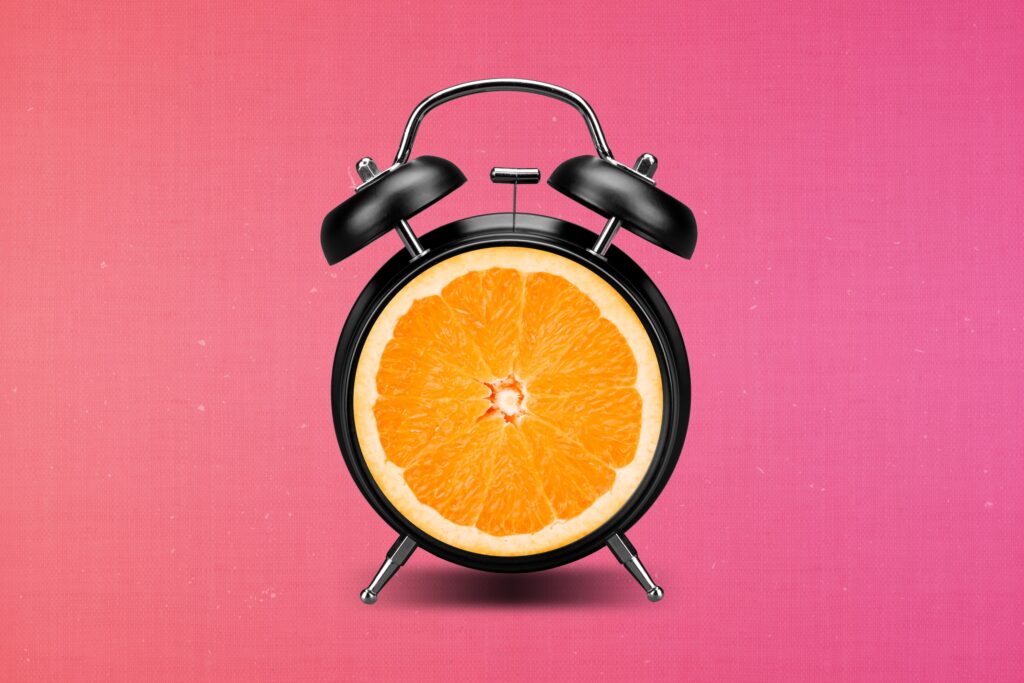
Nutrition For Soccer Players: Budget Breakfast Suggestion
Eat more oatmeal! It’s much less expensive than dry cereal or eggs. Plus, oats have heart-healthy fiber that helps lower cholesterol. Oats are carb-rich; they do a good job of fueling muscles. They also offer 6 grams of protein per half-cup uncooked oats, to build and repair your muscles. Buy the big 42-ounce cannister (~$8 for Quaker; ~$4.60 for the store brand). A half-cup uncooked serving costs less than $0.25. Skip the individual packets ($0.50 each) and microwaveable tubs ($1.80 each).
To easily make your Oatmeal of Champions, put 1/2 to 1 cup of oats in a microwavable bowl, stir in 1+ cup of milk (instead of water, for more protein and calcium), add some salt (enhances flavor), and microwave for two-ish minutes. Swirl in a spoonful of peanut butter and some raisins. Voila, a yummy carb + protein balanced meal that fuels you up for (or refuels you after) your morning workout. The oats + milk + PB give you at least 20 grams of protein. That’s the equivalent of protein in 3 (more expensive) eggs.
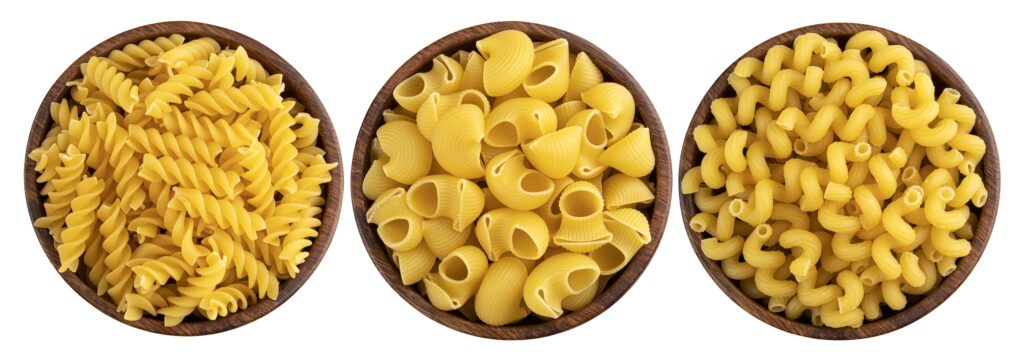
Nutrition For Soccer Players: Fruit on a Budget
Seasonal fresh fruit is a smart choice: strawberries in Spring; apples in Fall. Off season, canned and frozen fruits are just as nutritious—but with a lower price tag and no spoilage. A small box of blueberries can cost at least $4 to $6, depending on the season. Frozen blueberries cost about $4 for a 12-ounce bag. Frozen berries (and other fruits) are perfect for adding to oatmeal, smoothies, and yogurt.
Frozen fruit doesn’t spoil. Wasted food = Wasted money. Before it gets too ripe, peel and freeze that brown-speckled banana (and other produce). Dried fruit also doesn’t spoil and offers nutritional value similar to fresh. Drying removes water and concentrates the nutrients.
Choose dried fruits with differing colors—orange apricots and mango, yellow pineapple, brown dates—to boost your intake of anti-inflammatory, immune-boosting phytochemicals. Munch on a handful of dates or raisins instead of snacking on ultra-processed and expensive ($1.50 to $2.50 or more) energy bars. Pair dried fruit with nuts for a handy carb-protein sports snack. Both can be bought in bulk for significant savings at BJs and Costco.
Nutrition For Soccer Players: Vegetables
Frozen veggies, as compared to fresh, are a money-saving choice. Plus, they can be more nutritious. That’s because they’re flash-frozen at their peak of ripeness. Freezing retains nutrients that otherwise get lost when being transported from, let’s say California to NYC. A 1-pound bag of store-brand frozen green beans costs less than $2.00; fresh are twice that price. Frozen veggies are simple to cook. They require no prep-time, leave no waste—and won’t spoil (like the head of broccoli you bought last week and never quite got around to cooking…).
• Lunch:. A sports sandwich of champions is peanut butter + banana! For only $1.40*, you can get about 500 satiating calories that cost less than making a turkey-cheese wrap ($3.85**) or buying a McDonald’s Quarter-pounder ($6.40)
*2 sl. Dave’s Killer Bread ($0.80) + 2 Tbsp Teddie Peanut butter ($0.30) + medium banana ($0.30) = $1.40
**1 burrito-size flour tortilla ($0.55) + 4 oz deli turkey ( $2.75) + 1 sl Swiss cheese ($0.55) = $3.85
—A grain-bowl for lunch is another budget-friendly option. Toss into a bowl last night’s leftover rice + canned beans + shredded cheese + salsa… cheaper than buying lunch at Chipotle!
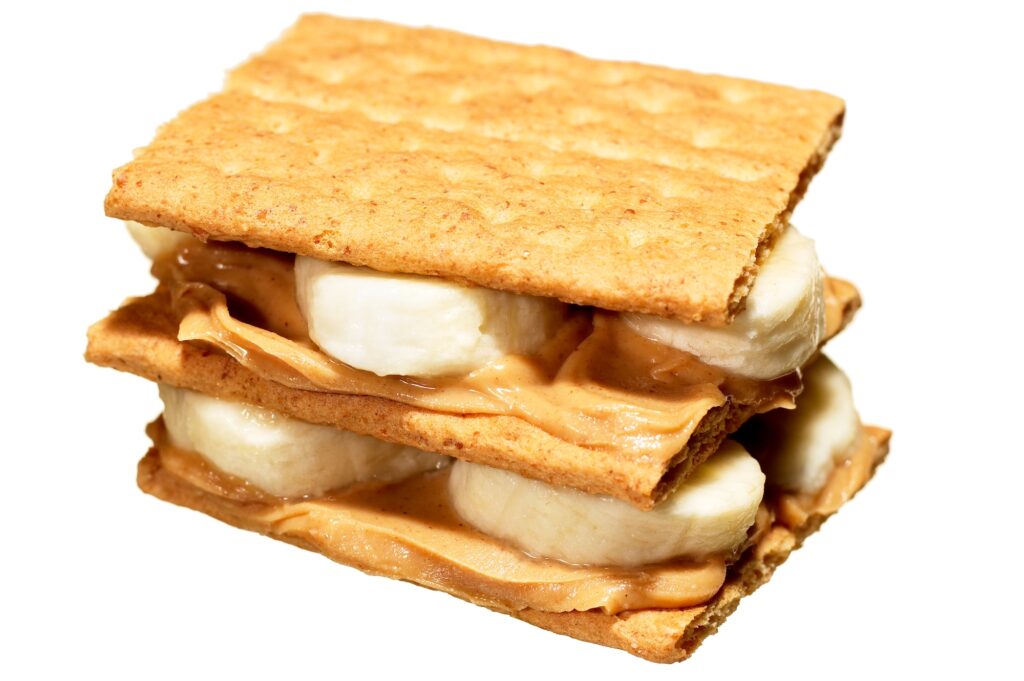
Nutrition For Soccer Players: Snacks
Single-serve sports snacks, such as applesauce pouches and yogurt cups, cost money and take up landfill space. Purchase reusable small containers that you fill with yogurt, trail mix, or pretzels. Prep a week’s worth of grab-and-go snacks so they are ready and waiting.
Instead of granola bars, enjoy peanut butter and graham cracker snack-wiches. They’re crunchy and tasty—just like granola bars—but they cost less and are better for the environment.
Note: Peanut butter (much less expensive than other nut butters) is an anti-inflammatory, nutrient-rich source of protein that fits into many meals, be it PB in oatmeal for breakfast, PB&J for lunch, PB + crackers for snacks, and even peanutty pasta for dinner.
Nutrition For Soccer Players: Dinner
Fresh fish is expensive! Canned tuna and salmon are less expensive and offer cook-free options for adding omega-3 fats into your diet.
If you are a die-hard meat eater, stretch out the meat by making stews, stir-fries, and casseroles.
Enjoy eggs for dinner (instead of breakfast).
Vegetarian meals can be more budget-friendly than meat-based meals. Bean burritos, anyone?
Nutrition For Soccer Players: The Bottom Line
By planning ahead, buying store-brands, taking advantage of frozen fruit and veggies, buying in bulk the foods that don’t quickly spoil (oats, nuts, dried fruits), and making leftovers into planned-overs to minimize food waste, you can enjoy an effective sports diet despite a tight food budget. To reduce costly restaurant-eating, curb your dinner-appetite by enjoying a PB + apple for an afternoon snack.
You’ll then have energy to cook and will spend far less than succumbing to takeout food. Give it a try?
Nancy Clark MS RD CSSD counsels both fitness exercisers and competitive athletes in the Boston-area. Her best-selling Sports Nutrition Guidebook is a popular resource filled with budget-friendly food ideas. Visit NancyClarkRD.com or email nclarkrd@rcn.comfor more information.





